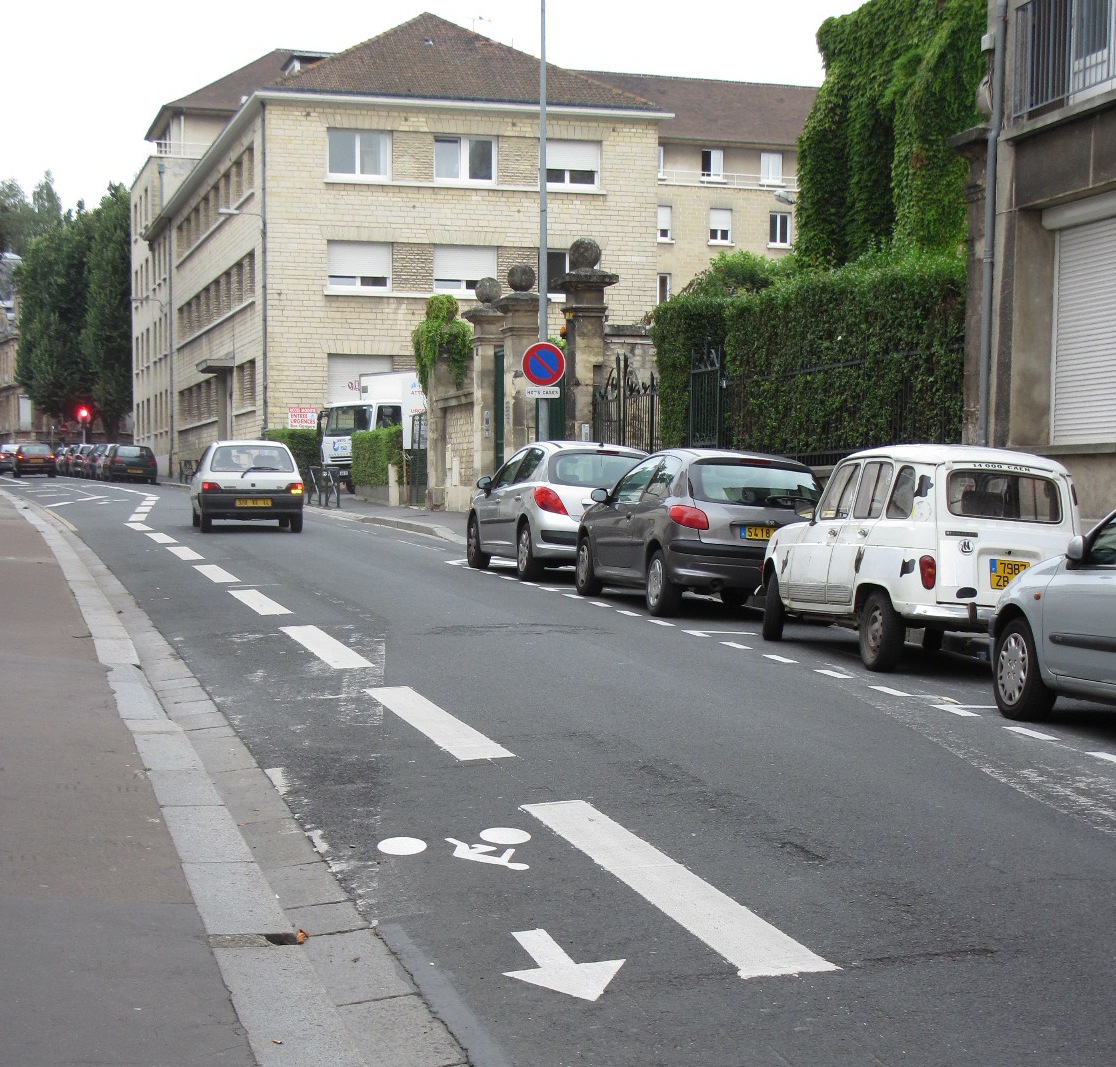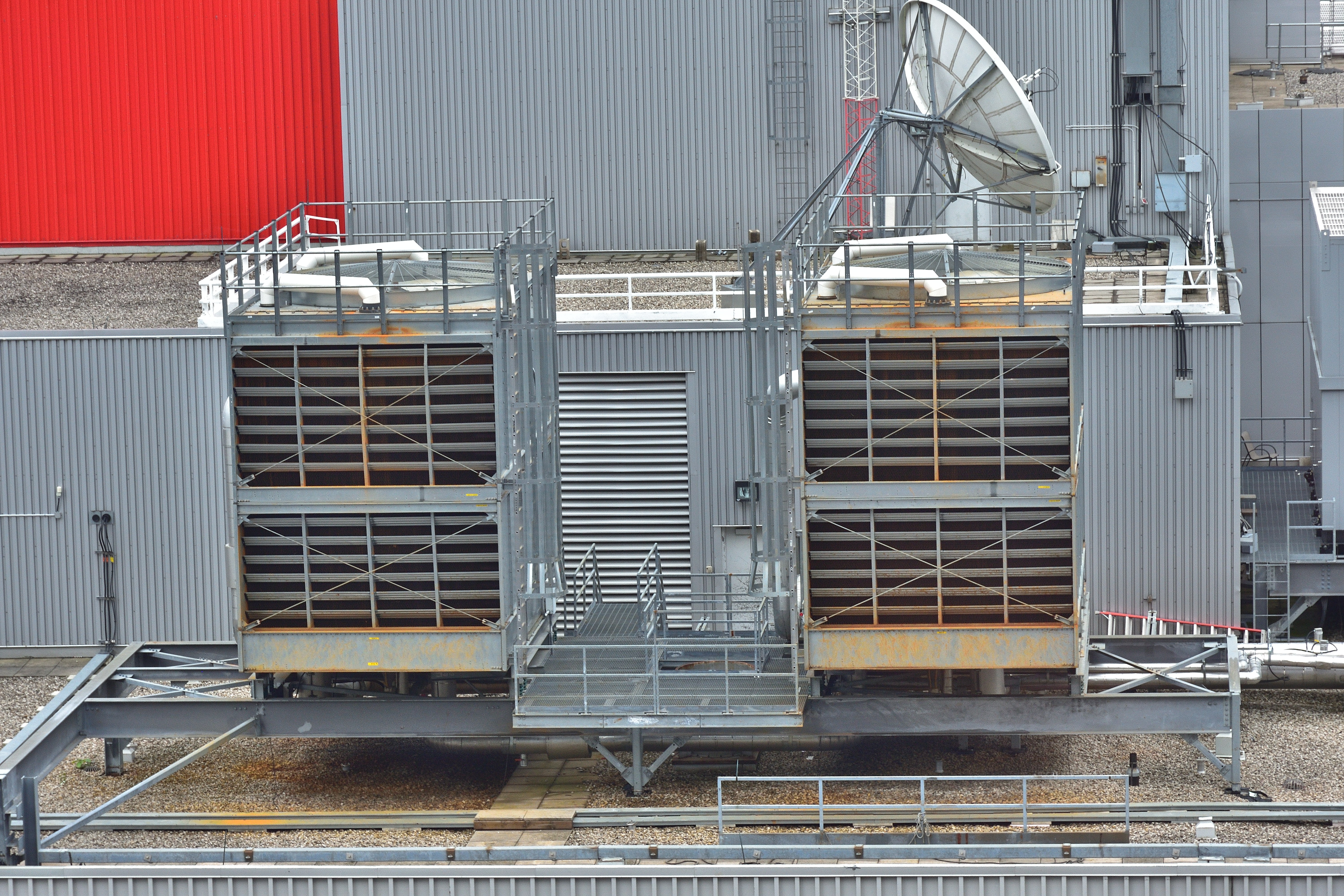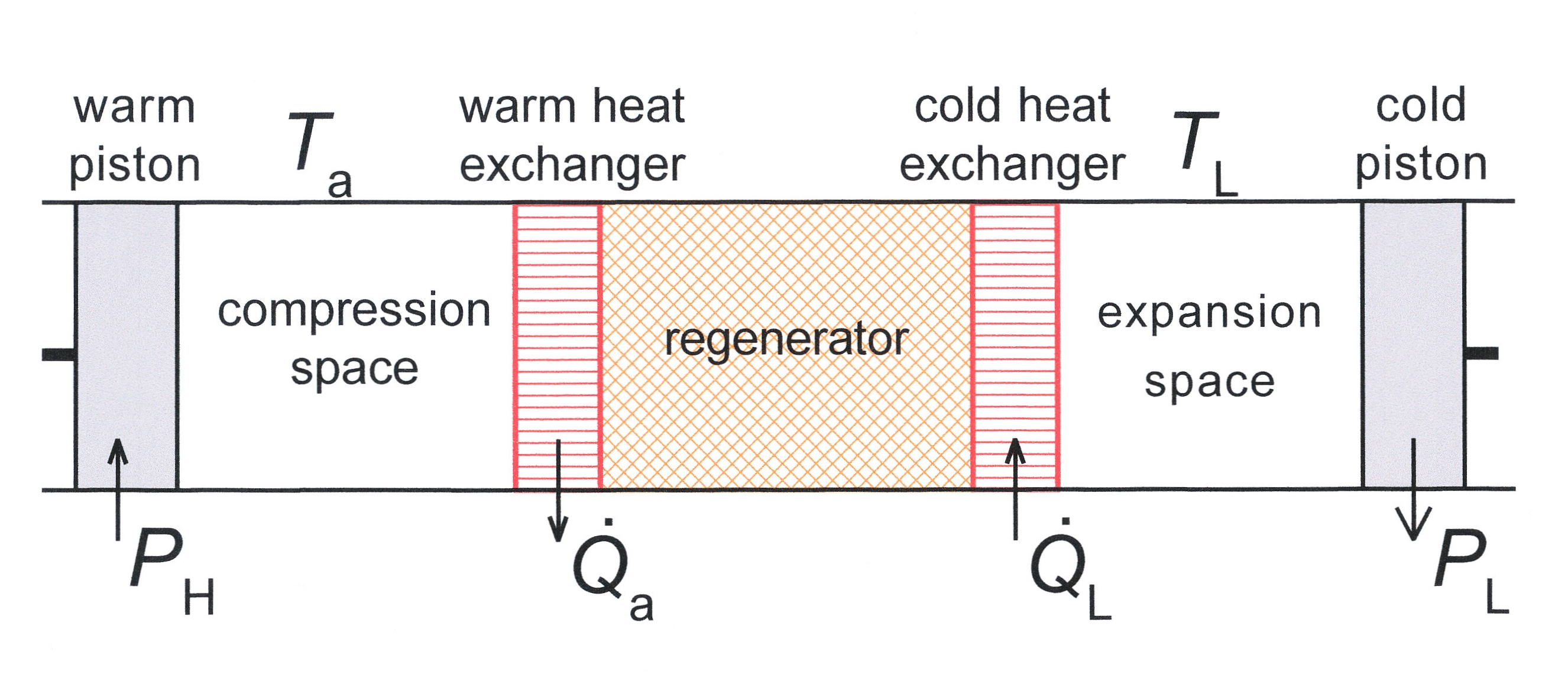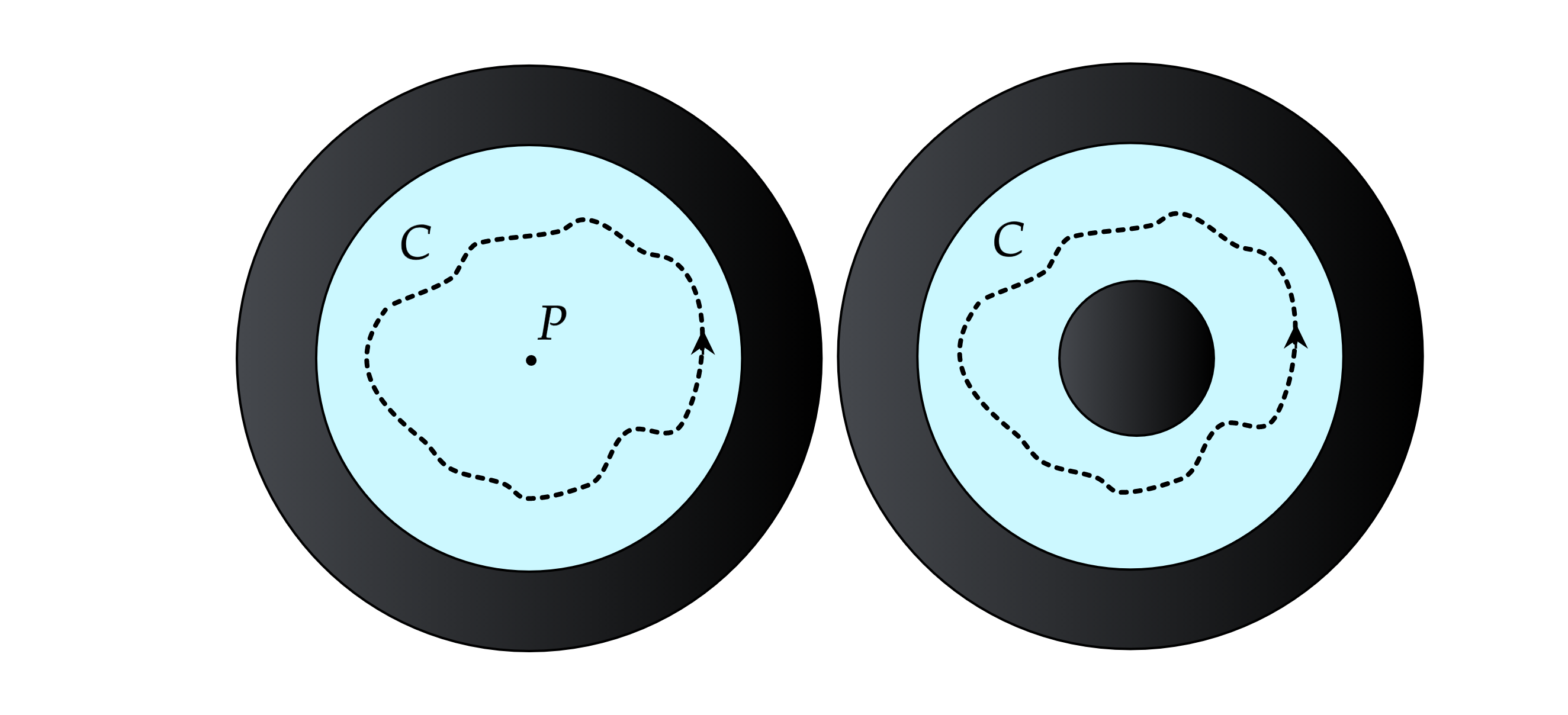|
Counterflow (other)
Counterflow may refer to: *Counterflow lane a lane in which traffic flows in the opposite direction *Counterflow Centrifugation Elutriation (CCE) a cell separating technique *Counterflow in Cooling tower **and Cooling tower's contact fill, of towers that wind streams vertically upward *Counterflow steam engine, such as Uniflow steam engine *Counterflow heat exchanger in Cryocooler or Recuperator *Counterflow in quantum turbulence Quantum turbulence is the name given to the turbulent flow – the chaotic motion of a fluid at high flow rates – of quantum fluids, such as superfluids. The idea that a form of turbulence might be possible in a superfluid via the quantized vorte ... * Counterflow Recordings, founded by Induce (musician) * ''Counterflow'' (EP), by Victoria Modesta (2016) {{Disambiguation ... [...More Info...] [...Related Items...] OR: [Wikipedia] [Google] [Baidu] |
Counterflow Lane
In transport engineering nomenclature, a counterflow lane or contraflow lane is a lane in which traffic flows in the opposite direction of the surrounding lanes. Contraflow lanes are often used for bicycles or bus rapid transit on what are otherwise one-way streets. In a sample configuration for buses, a street might have four lanes: the outermost lanes are reserved for buses in both directions, while the center two lanes are available for general traffic in only one direction. Thus, the street functions as two-way for buses, but one-way for all other vehicles. In certain situations, reversible lanes will be contraflow for a portion of the day. The Lincoln Tunnel XBL to the Lincoln Tunnel is a contraflow exclusive bus lane for buses during the morning peak period. The XBL lane is fed by the New Jersey Turnpike at Exits 16E and 17, and New Jersey Route 3. The helix, tunnel, and terminal are owned and operated by the Port Authority of New York and New Jersey, ... [...More Info...] [...Related Items...] OR: [Wikipedia] [Google] [Baidu] |
Counterflow Centrifugation Elutriation
Counterflow centrifugal elutriation (CCE) is a liquid clarification technique. This method enables scientists to separate different cells with different sizes. Since cell size is correlated with cell cycle stages this method also allows the separation of cells at different stages of the cell cycle. Principle The key concept is that larger cells tend to stay within the flowing buffer solution while smaller cells will be washed away follow the buffer solution (different sedimentation property within the buffer solution), and cells will have different sedimentation properties in different cell cycle stages. The basic principle of separating the cells inside CCE is the balance between centripetal and the counter flow drag force. When the cells enter the elutriation chamber, all the cells will stay at the outer edge of the chamber due to centrifugal force. Then when the flow rate of the buffer solution increases, the solution tends to push the cells towards the middle of the CCE. When ... [...More Info...] [...Related Items...] OR: [Wikipedia] [Google] [Baidu] |
Cooling Tower
A cooling tower is a device that rejects waste heat to the atmosphere through the cooling of a coolant stream, usually a water stream to a lower temperature. Cooling towers may either use the evaporation of water to remove process heat and cool the working fluid to near the wet-bulb air temperature or, in the case of ''dry cooling towers'', rely solely on air to cool the working fluid to near the dry-bulb air temperature using radiators. Common applications include cooling the circulating water used in oil refineries, petrochemical and other chemical plants, thermal power stations, nuclear power stations and HVAC systems for cooling buildings. The classification is based on the type of air induction into the tower: the main types of cooling towers are natural draft and induced draft cooling towers. Cooling towers vary in size from small roof-top units to very large hyperboloid structures (as in the adjacent image) that can be up to tall and in diameter, or rectangu ... [...More Info...] [...Related Items...] OR: [Wikipedia] [Google] [Baidu] |
Cooling Tower's Contact Fill
Cooling is removal of heat, usually resulting in a lower temperature and/or phase change. Temperature lowering achieved by any other means may also be called cooling.ASHRAE Terminology, https://www.ashrae.org/technical-resources/free-resources/ashrae-terminology The transfer of thermal energy may occur via thermal radiation, heat conduction or convection. Examples can be as simple as reducing temperature of a coffee. Devices *Coolant *Cooling towers, as used in large industrial plants and power stations * Daytime passive radiative cooler *Evaporative cooler *Heat exchanger *Heat pipe *Heat sink *HVAC (Heating, Ventilation and Air Conditioning) *Intercooler *Radiative cooling in Heat shields *Radiators in automobiles *Pumpable ice technology *Thermoelectric cooling *Vortex tube The vortex tube, also known as the Ranque-Hilsch vortex tube, is a mechanical device that separates a compressed gas into hot and cold streams. The gas emerging from the hot end can reach temperatures o ... [...More Info...] [...Related Items...] OR: [Wikipedia] [Google] [Baidu] |
Uniflow Steam Engine
The uniflow type of steam engine uses steam that flows in one direction only in each half of the cylinder. Thermal efficiency is increased by having a temperature gradient along the cylinder. Steam always enters at the hot ends of the cylinder and exhausts through ports at the cooler centre. By this means, the relative heating and cooling of the cylinder walls is reduced. Design details Steam entry is usually controlled by poppet valves (which act similarly to those used in internal combustion engines) that are operated by a camshaft. The inlet valves open to admit steam when minimum expansion volume has been reached at the start of the stroke. For a period of the crank cycle, steam is admitted, and the poppet inlet is then closed, allowing continued expansion of the steam during the stroke, driving the piston. Near the end of the stroke, the piston will uncover a ring of exhaust ports mounted radially around the centre of the cylinder. These ports are connected by a manifold an ... [...More Info...] [...Related Items...] OR: [Wikipedia] [Google] [Baidu] |
Cryocooler
A refrigerator designed to reach cryogenic temperatures (below ) is often called a cryocooler. The term is most often used for smaller systems, typically table-top size, with input powers less than about 20 kW. Some can have input powers as low as 2–3 W. Large systems, such as those used for cooling the superconducting magnets in particle accelerators are more often called cryogenic refrigerators. Their input powers can be as high as 1 MW. In most cases cryocoolers use a cryogenic fluid as the working substance and employ moving parts to cycle the fluid around a thermodynamic cycle. The fluid is typically compressed at room temperature, precooled in a heat exchanger, then expanded at some low temperature. The returning low-pressure fluid passes through the heat exchanger to precool the high-pressure fluid before entering the compressor intake. The cycle is then repeated. __TOC__ Ideal heat exchangers and regenerators Heat exchangers are important components of all cry ... [...More Info...] [...Related Items...] OR: [Wikipedia] [Google] [Baidu] |
Recuperator
A recuperator is a special purpose counter-flow energy recovery heat exchanger positioned within the supply and exhaust air streams of an air handling system, or in the exhaust gases of an industrial process, in order to recover the waste heat. Generally, they are used to extract heat from the exhaust and use it to preheat air entering the combustion system. In this way they use waste energy to heat the air, offsetting some of the fuel, and thereby improve the energy efficiency of the system as a whole. Description In many types of processes, combustion is used to generate heat, and the recuperator serves to recuperate, or reclaim this heat, in order to reuse or recycle it. The term recuperator refers as well to liquid-liquid counterflow heat exchangers used for heat recovery in the chemical and refinery industries and in closed processes such as ammonia-water or LiBr-water absorption refrigeration cycle. Recuperators are often used in association with the burner portion of a he ... [...More Info...] [...Related Items...] OR: [Wikipedia] [Google] [Baidu] |
Quantum Turbulence
Quantum turbulence is the name given to the turbulent flow – the chaotic motion of a fluid at high flow rates – of quantum fluids, such as superfluids. The idea that a form of turbulence might be possible in a superfluid via the quantized vortex lines was first suggested by Richard Feynman. The dynamics of quantum fluids are governed by quantum mechanics, rather than classical physics which govern classical (ordinary) fluids. Some examples of quantum fluids include superfluid helium ( 4He and Cooper pairs of 3He), Bose–Einstein condensates (BECs), polariton condensates, and nuclear pasta theorized to exist inside neutron stars. Quantum fluids exist at temperatures below the critical temperature T_c at which Bose-Einstein condensation takes place. General properties of superfluids The turbulence of quantum fluids has been studied primarily in two quantum fluids: liquid Helium and atomic condensates. Experimental observations have been made in the two stable isotopes of H ... [...More Info...] [...Related Items...] OR: [Wikipedia] [Google] [Baidu] |
Counterflow Recordings
Ryan Smith, better known by his stage name Induce, is an American, Los Angeles-based DJ, record producer, singer, and writer.Induce's ''Wonderful Sound'' Posits Itself Halfway Between Himself and You Abel Folgar, ''Broward/Palm Beach New Times,'' Sep. 7 2012 He works in a variety of musical genres, particularly hip hop, , and . Biography |


.jpg)

